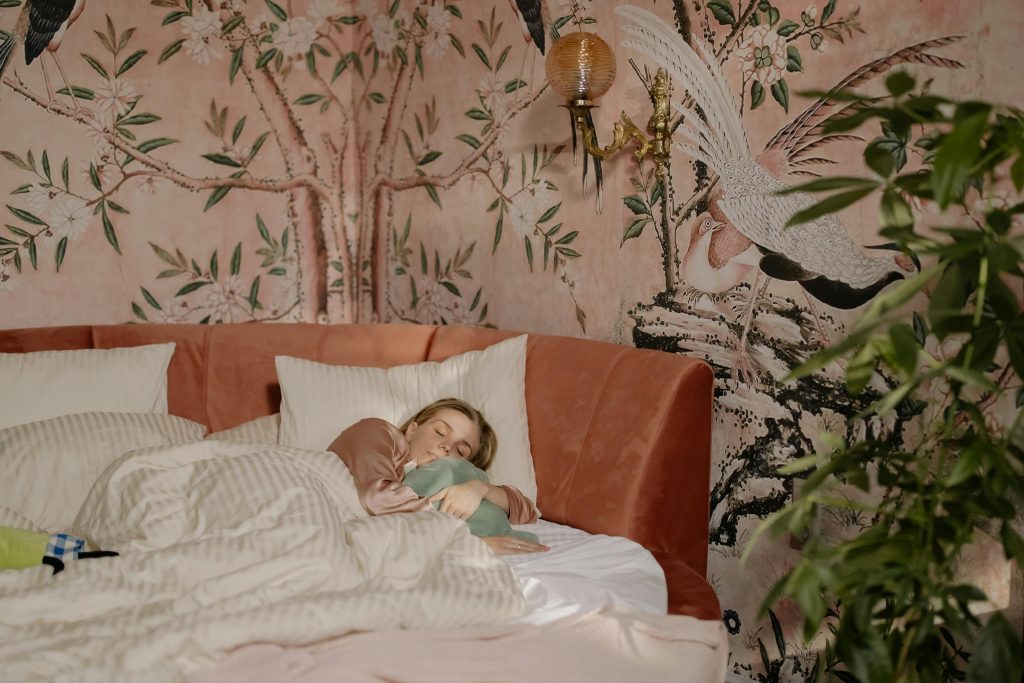Getting a good night’s sleep makes everything easier—work, focus, mood, and even how your body feels. Still, for many people, consistent rest is hard to come by. While sleep routines and stress levels play a role, your home environment can also affect how well you sleep. The layout, lighting, and design of your space all matter more than most people think.
In places like Fort Myers, FL, where sunlight is strong year-round and outdoor noise can vary by neighborhood, small home design decisions may have a big impact. From loud AC units and street noise to bright morning light pouring in before you’re ready to wake up, local conditions can interfere with sleep in ways you don’t always notice, until they become regular problems.
There’s good news: simple design updates can help. You don’t need to renovate your whole home or spend a fortune. Focus on changes that make your bedroom quieter, darker, cooler, and more calming. When your space is set up to support rest, better sleep comes naturally.
Control Light and Noise in the Bedroom
Light and sound are two of the most common sleep disruptors. Light tells your body it’s time to be alert, while noise can keep your brain on high alert, even if it doesn’t fully wake you. In Fort Myers, early sunrises and outdoor noise can affect sleep more than in cooler, darker climates. If you’re sensitive to light or sound, your bedroom setup might need some attention.
Start by using blackout curtains or shades. These block early morning sunlight and help your body stay asleep longer. A thick rug under the bed reduces echoes and softens the room. For windows that let in too much noise or light, sealing gaps or adding window inserts may help.
If outside noise or aging windows are making it harder to sleep, working with a window company in Fort Myers may help. Newer windows can reduce sound transfer and block light more effectively than older models, making your space quieter and more restful. That upgrade can be especially helpful in areas near busy roads or where homes sit close together.
Simple steps like adding weather stripping or foam tape around frames can also help block outside distractions. These adjustments can make the difference between shallow sleep and deep rest.
Once your bedroom is protected from the noise and light outside, it’s easier to create an indoor setting that supports calm. You’ll notice the change right away, especially if you’ve been dealing with early wakeups or inconsistent rest.
Choose a Soothing Color Palette
Color can shape how a room feels the moment you walk in. In a bedroom, bold or overly bright colors may make it harder to wind down. Softer shades like muted blues, light grays, greens, and beige tones tend to create a more relaxing space. These colors feel calm, and they work well with natural light, dim lamps, or evening shadows.
When updating your bedroom, try to avoid overly warm or high-contrast colors like red or orange. These shades can be energizing, which isn’t what you want when you’re trying to slow your mind and body. Even accent walls or patterned bedding in loud colors can change the mood of the room.
If you’re not ready to repaint the whole room, start small. Try changing pillowcases, throw blankets, or curtains to lighter, cooler tones. Test paint samples on the wall before committing. See how the color looks in the morning versus at night. That way, you can choose something that helps you feel at ease at any time of day.
Invest in Comfortable, Low-Clutter Layouts
A clean, simple bedroom layout does more than just look good—it helps you feel less overwhelmed. Crowded spaces with too much furniture or clutter can raise stress levels and make it harder to relax. That doesn’t mean everything has to be hidden or plain. It just means keeping the space functional, open, and calm.
Start with the basics. A supportive mattress, breathable sheets, and a quiet, low-profile fan can all support better sleep. Choose bedding that feels good to you, as some people sleep better with heavy comforters, while others prefer lightweight covers. Test a few options if needed.
Keep nightstands clear of too many objects. A lamp, a book, and a phone charger might be all you need. Try storing other items in drawers or baskets out of sight. Under-bed storage is also a smart way to reduce visual clutter without giving up function.
Your goal is to walk into your room and feel like you can relax right away. That’s easier to do when the space looks and feels balanced.
Use Lighting That Supports Your Sleep Cycle
Lighting affects your body’s natural rhythm. Bright light late in the day can make it harder to fall asleep. Dim, warm-toned lighting in the evening sends a signal to your body that it’s time to settle down.
In the bedroom, avoid harsh overhead lights near bedtime. Instead, use table lamps or wall sconces with warm bulbs. Look for bulbs labeled as “soft white” or “warm white”, as these tend to feel gentler on the eyes. Dimmable lights are even better, giving you more control over the mood of the room.
Smart lighting systems can be programmed to change throughout the day. You can set them to brighten gradually in the morning and dim in the evening, matching your natural sleep cycle. In the morning, open the shades to let in sunlight as early as you can. That boost of light helps reset your internal clock and improve energy during the day.
Better sleep starts with the right environment. If your bedroom helps you feel calm and supported, falling asleep becomes less of a challenge. You don’t need to overhaul your home to see results. A few changes can make a real difference.
Try adjusting one part of your room at a time. Once you notice what works, you can build on it. With thoughtful choices and a little effort, your home can become a space that supports real rest, night after night.

